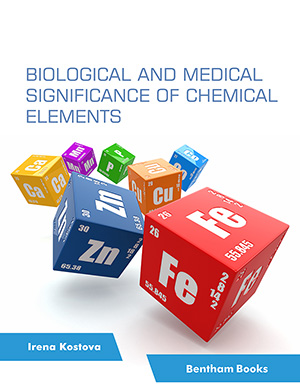Abstract
Objective: To investigate the risk factors of kidney calculi in its high prevalence areas of western Guangdong, and provide the proper prevention measures.
Methods: A cross-sectional survey was conducted among individuals in Maoming, western Guangdong. Univariate and Poisson regression analyses were applied to investigate the influence of the epidemiology, lifestyle, and environmental factors on renal calculi. Risk ratios with 95% confidence interval were used to estimate the association between the investigated factors and the prevalence of renal calculi.
Results: 500 questionnaires were sent out and 481 valid questionnaires were recycled. Among 481 respondents, 84 had renal calculi with a prevalence rate of 17.46%. Univariate regression analysis showed statistically significant differences in the prevalence of renal calculi among different groups of sex, ages, family history of kidney calculi, diet and drinking habit. Poisson regression analysis showed that daily water intake and drinking boiled water were protective factors, while male, family history of kidney calculi, diet high in protein, sugar, vitamin C and calcium were risk factors. Additionally, high sugar diet was not statistically significantly associated with the occurrence of renal calculi.
Conclusion: The occurrence of kidney calculi in western Guangdong is closely related to demographic characteristics of individuals, living and dietary habits of the resident populations.
Keywords: Kidney calculi, risk factors, epidemiology, prevalence, cross-sectional study, Poisson regression analysis.
[http://dx.doi.org/10.1159/000104440]] [PMID: 17726351]
[http://dx.doi.org/10.1016/j.kint.2017.06.025] [PMID: 28893421]
[http://dx.doi.org/10.1016/j.juro.2012.07.126] [PMID: 23141237]
[http://dx.doi.org/10.1111/bju.13828] [PMID: 28236332]
[http://dx.doi.org/10.3346/jkms.1998.13.2.138] [PMID: 9610613]
[http://dx.doi.org/10.3967/bes2017.124] [PMID: 29335063]
[PMID: 14761627]
[http://dx.doi.org/10.1038/ki.1986.155] [PMID: 3747347]
[PMID: 166960]
[http://dx.doi.org/10.12669/pjms.313.7086]] [PMID: 26150845]
[http://dx.doi.org/10.1016/j.ucl.2007.04.003] [PMID: 17678980]
[http://dx.doi.org/10.1016/j.amjopharm.2011.07.002] [PMID: 21840265]
[http://dx.doi.org/10.1093/oxfordjournals.aje.a008769] [PMID: 8610664]
[http://dx.doi.org/10.1001/jamainternmed.2013.2296] [PMID: 23381591]
[http://dx.doi.org/10.1097/01.ASN.0000146012.44570.20] [PMID: 15579526]
[http://dx.doi.org/10.4081/aiua.2015.2.105] [PMID: 26150027]
[http://dx.doi.org/10.1016/j.juro.2017.03.124] [PMID: 28365271]
[http://dx.doi.org/10.12809/hkmj164904] [PMID: 28416732]






























